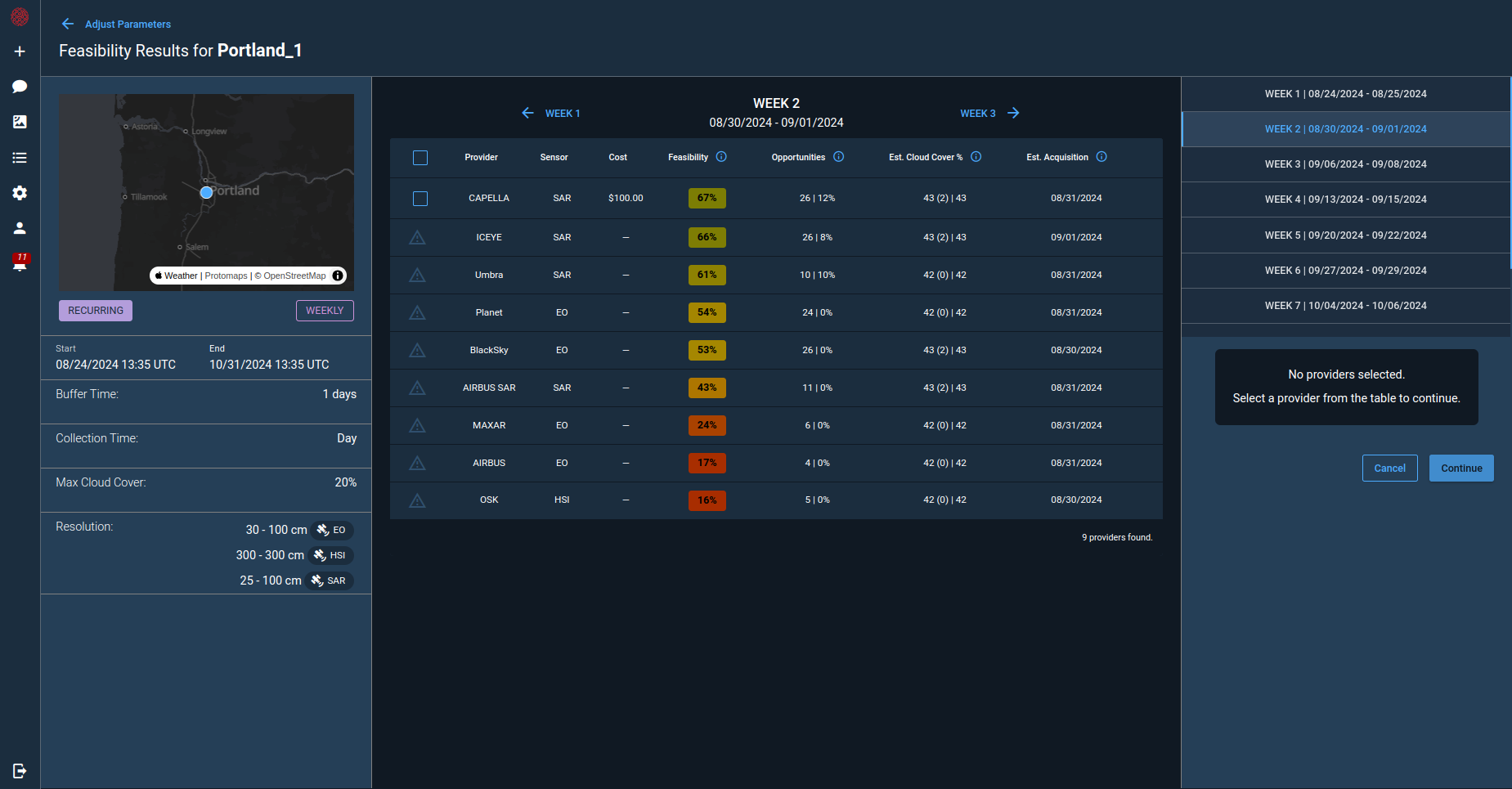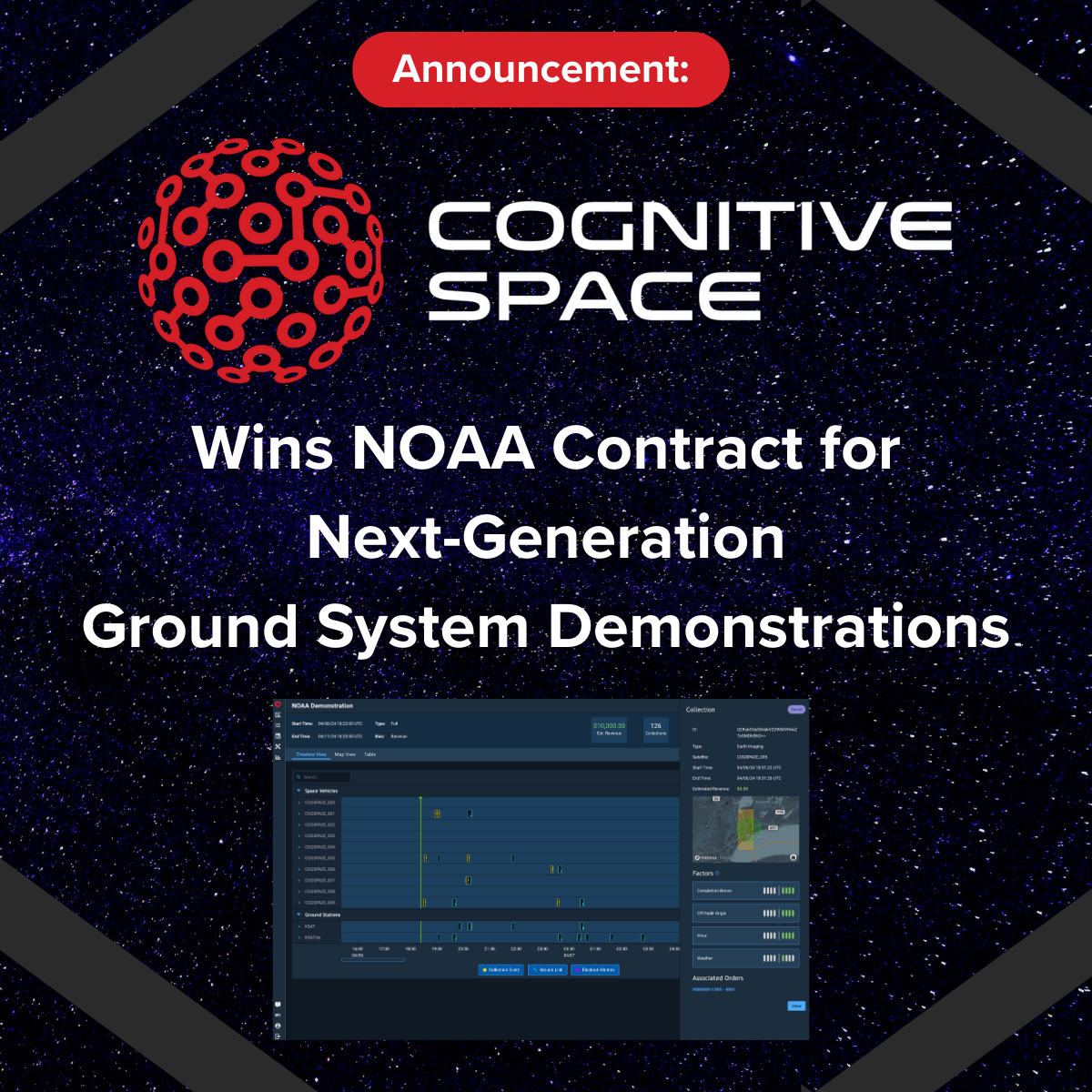Rapid Changes in the Space Industry Demands Revision in Mission Operations
Why the “Mission Control Center” Concept is Deprecated
Mission operations can be defined as the moment a spacecraft goes into operational status through the end of mission life. Mission operations systems are a crucial part of a successful mission control center. And as society and our technological capabilities evolve, so does the way we run mission control centers.
Two decades ago, mission control centers consisted of TV screens, monitors, and rows of people. Individual operators were trained on one specific step in the mission operations process, and that was their entire role.
Modern-day mission control centers have evolved into high-tech nerve centers, equipped with advanced display systems and digital workstations. Mission control centers are hubs in the global space community, overseeing the success and safety of satellite operations, space exploration, and scientific research.
We now see workstations on a desk in an open office, a screen or monitor on the wall for everybody to view, and many tasks being executed in an automated fashion. The rows of people sitting at individual workstations have been replaced with networked computer workstations, and missions now rely on advanced computer systems, data networks, and digital displays for real-time monitoring and control of space missions.
Despite these transformations, there is significant demand to further reduce latency in mission operations. Space agencies and organizations increasingly seek cost-effective solutions with smaller, automated, and remotely managed teams to efficiently handle the demands of complex missions.
Challenges in Mission Operations
The demands of the space industry are constantly evolving, and mission control center operators are met with new obstacles every day. The biggest challenges mission operations teams are consistently met with are a lack of human capital and scaling satellite constellations.
The Human Capital Struggle
Successfully running a mission control center requires time and dedication from experts in the space industry. However, these experts are often bogged down with the responsibility of running a mission control system day-to-day.
To improve the way mission control centers make decisions and create solutions, the experts shouldn’t spend their valuable time on tedious tasks. Operators need time to focus on improving decision spaces and creating innovative solutions. However, if the operators are the only team members capable of keeping the system successfully running, they have no choice but to carry on with those time-consuming tasks.
Keeping Up With Growing Constellations
Expanding constellations means more decisions to make — compounded with more variables in each of those decisions. As various world events and issues arise with more frequency (climate change, political instability, rapid technology advancements), there are constantly more decisions to make when growing a satellite constellation. Organizations with growing satellite constellations need a way to forecast, optimize and orchestrate mission operations accurately.
The Complexity of Decision-Making in Mission Operations
Imagine you’re responsible for managing a satellite, and today you have just one pass. This pass could involve various tasks, from data collection to communication services. But there’s a catch — you have 30 customer orders waiting in the queue, each with its own set of specifications and priorities.
- Some of these orders require urgent completion by tomorrow.
- Others have more flexible timelines, extending into next week or beyond.
- The orders also vary in terms of their monetary value – from a mere hundred dollars to substantial contracts worth millions.
Now, the real challenge arises: With all of these variables, how can you make a quick decision today that not only maximizes your return on investment but also sets you up for success tomorrow?
Well, the decision you make today represents not just an action but also carries an opportunity cost – the potential value you forgo by not choosing an alternative course of action. The correct choice is all about maximizing today’s value while minimizing the opportunity cost associated with the decisions you didn’t make.
With modern multi-spacecraft constellations, the number of those decisions made - and not made - grows exponentially; operators must execute and update multiple pass plans every single day.
Redefining Mission Operations with CNTIENT.Optimize
Over the past few years, we’ve seen a lot of progress in mission operations, with more advanced satellite communication technologies providing higher throughputs and lower latency.
Additionally, mission control centers have been able to automate more tasks in-house by adopting AI tools. Internal automation is great for a few satellites, but there’s much more opportunity out there. While the space industry recognizes that automation is not only valuable but necessary to scale — every successful constellation has invested heavily in automating their operations (such as Planet, Spire and BlackSky).
The traditional mission control center is gradually deprecating across the industry in favor of managing satellites from any remote workstation. CNTIENT.Optimize offers dynamic, automated satellite management to help operators handle large constellations, onboard new satellites quickly and optimize complex prioritizations. With CNTIENT.Optimize, the operations team can unlock AI-powered decision-making to handle highly complex and dynamic order stacks, evolving satellite fleets and demanding mission requirements.
Lower OpEx
CNTIENT.Optimize empowers satellite operators and government agencies to unlock the true revenue and operational potential of their satellite constellations through the power of automation. With more automation, operators are freed up to focus on more innovative tasks while decreasing overall operational costs.
Accelerate Response Time
Optimize moves human operators into supervisory roles – significantly lowering cognitive burden and drastically improving response time and system yield. The real-time machine intelligence powered by CNTIENT.Optimize automatically adapts to dynamically changing priorities for unmatched responsiveness.
New Paradigm
Cognitive Space’s SaaS model allows operators to access a continuously improving and evolving mission operations solution with state-of-the-art deployment reliability and security. The SaaS model enables teams to increase output and revenue through maximized capacity use, reduced commanding lead time, reduced human errors and streamlined asset addition through adaptive learning.
Ready to automate your satellite operations? Contact us today!







